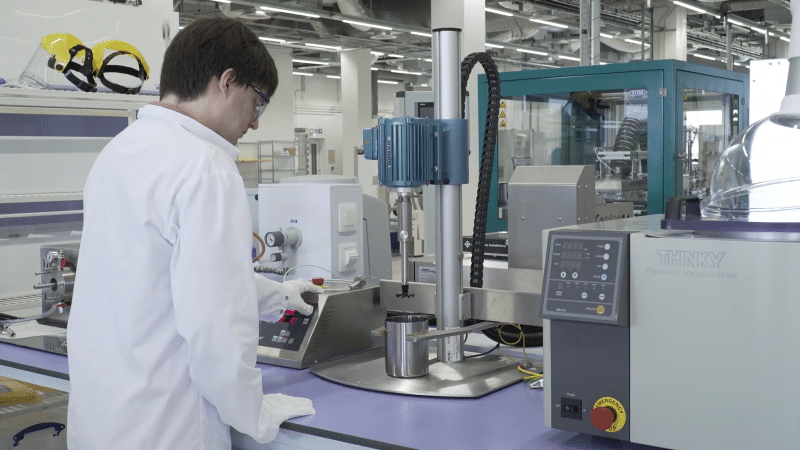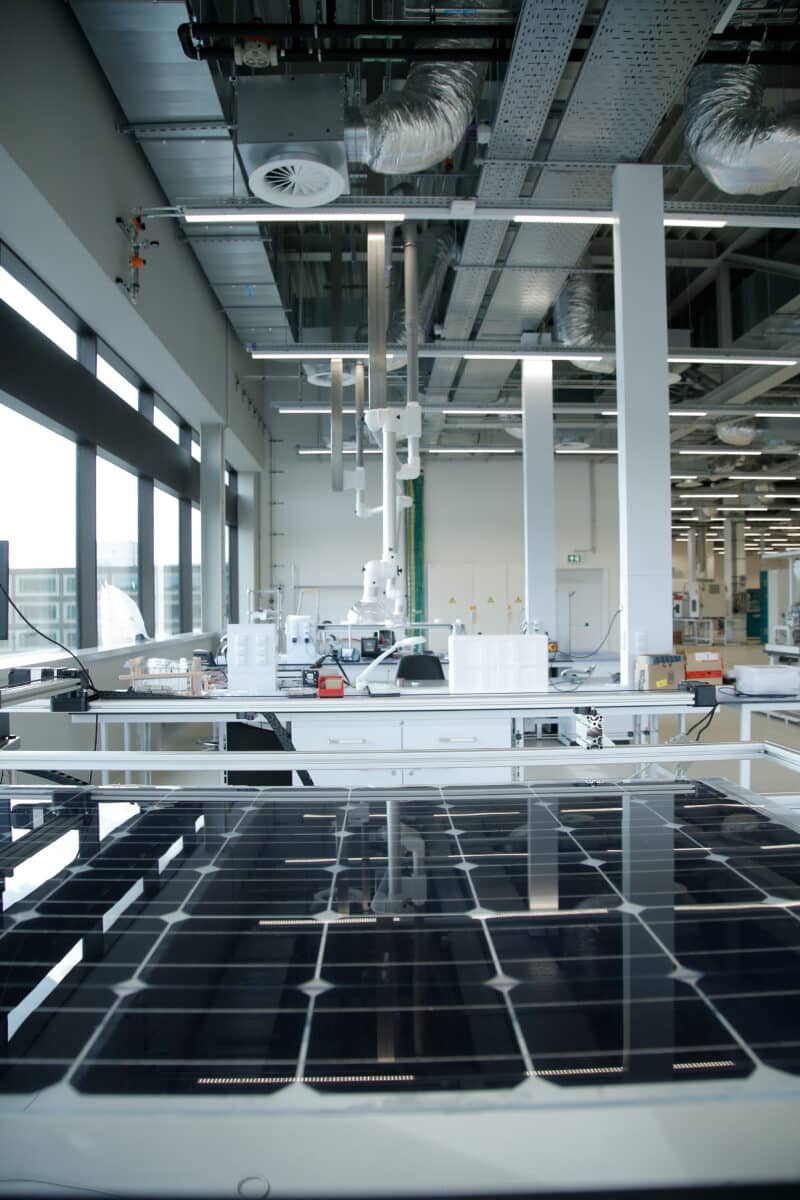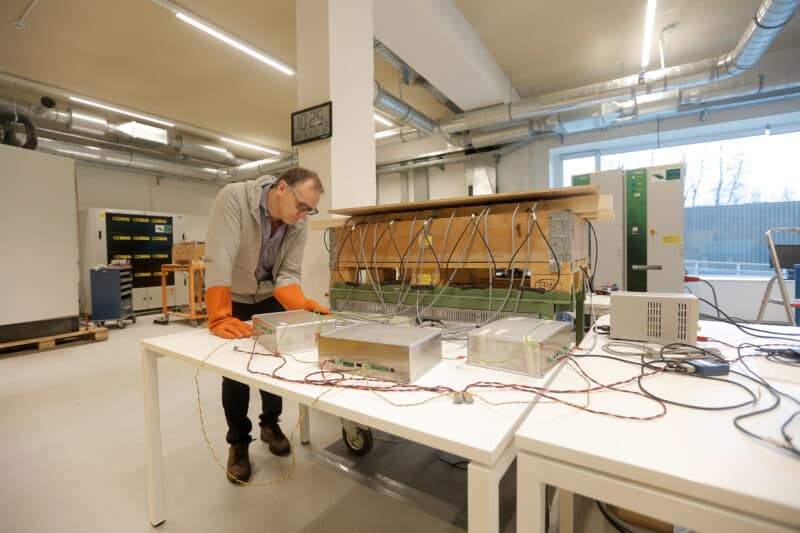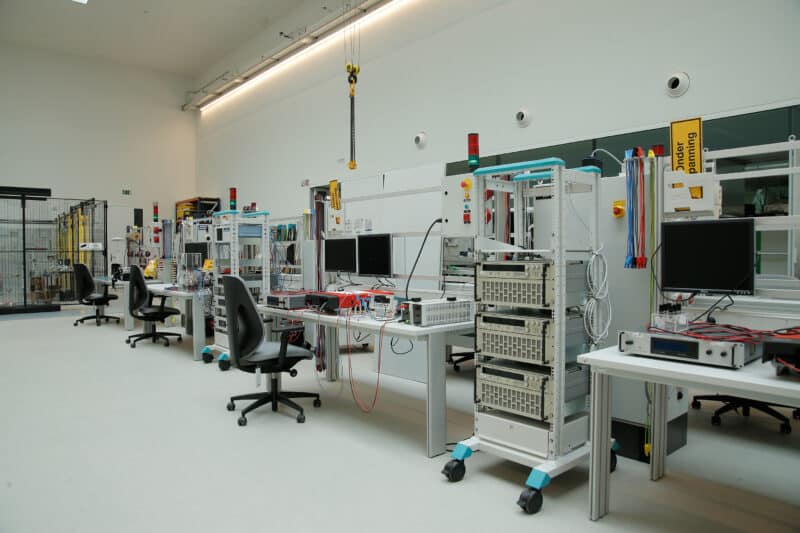Looking for more information about using this lab?
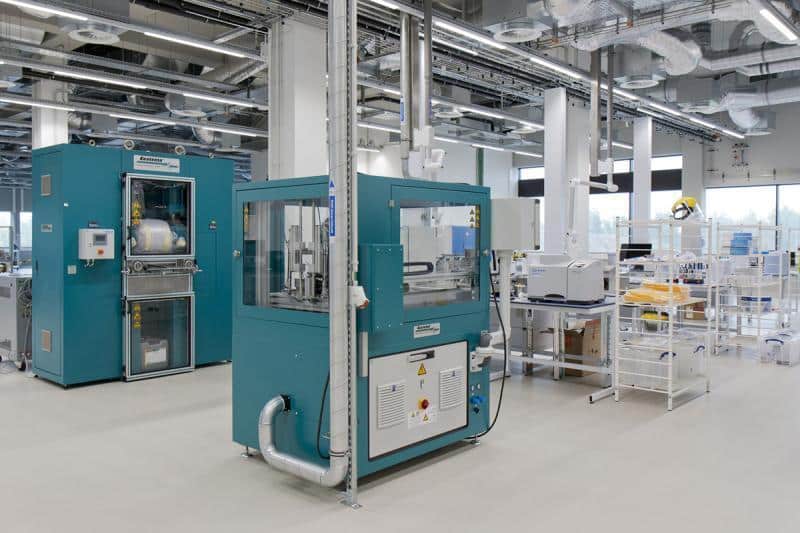
Battery Materials Lab
The sun isn’t always shining. The wind isn’t always blowing. Renewable energy sources are not constant. We need to be able to store that energy, for example, in batteries. These will become increasingly important in our daily lives, especially now that the automotive industry is fully embracing electric transportation. That’s why at EnergyVille, we have the Battery Materials lab where scientists are developing the energy carriers of the future.
Our research group not only focuses on fundamental scientific questions but also aims to thoroughly assess the applicability of the strategies we develop. That’s why the laboratory collaborates closely with companies that want to test and enhance their new battery materials.
Currently, our scientists are a.o. working on solid-state batteries that offer advantages over the current batteries with liquid electrolytes: the solid conductive materials have much higher capacity, and there is a lower risk of leaks, making them safer. We are developing new solid electrolytes and focusing on scaling up these batteries.

Walk through this lab
Take a look in our lab and discover how we research innovative energy solutions. Take a digital walk through our facilities and experience the technology up close.
View the lab in 360°
Target audiences
Who is this lab interesting for?
Producers of battery components
- Active materials
- Conductive additives
- Binders
- Solvents, salts, and electrolyte additives
- Separators and packaging materials
End-users of batteries (e.g., for residential storage, in electric vehicles):
- In-depth analysis of battery design or chemistry for a specific application
- Proof of concept and demonstration of new battery designs in pouch cells
What can you use the lab for?
We can carry out a wide range of projects, from evaluating new battery concepts to optimizing existing technologies.
- Research and optimisation of new formulations for battery components (electrode, electrolyte, separator).
- Demonstration of new battery concepts and designs in high-capacity pouch cells.
- Detailed electrochemical and thermal analysis of cells.
- In-depth analysis of aging, fault detection, and post-mortem analysis.
- Assessment of compatibility of new battery/component designs with existing industrial battery production standards.
